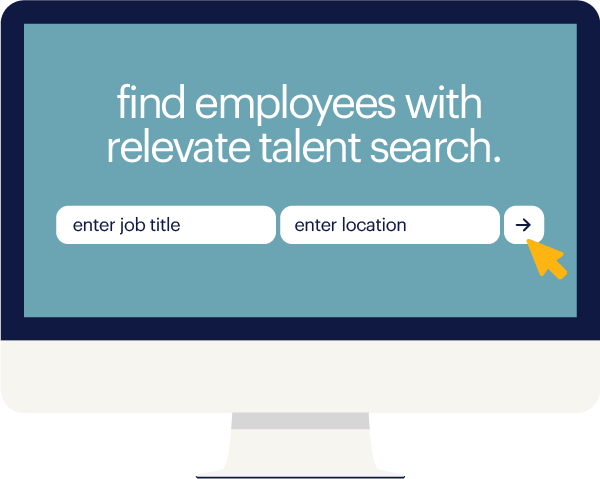A policy permitting your employees to work from home can be more than just a nice perk. It can help you attract top candidates who expect flexible arrangements. But it’s not as simple as telling employees to find a quiet corner of the house with multiple power outlets. Working from home presents your employees with several challenges they likely do not encounter when they are at the office. Before instituting a work-from-home policy, consider implementing practices that will help them be as productive as possible.
the benefits of a work-from-home policy
You may be wondering if offering employees the opportunity to work remotely is even a good idea given recent decisions by companies like IBM. In 2017, IBM, which has long been a leader in terms of letting employees work from home, announced it changed its policy. Back in 2007, the company reported that about 40 percent of its employees worldwide did not have a traditional office. But it has shifted gears and many of its employees have returned to the office.
Yet, IBM appears to be the exception. Working from home is not a new trend, as the number of employees who work from home at least part time has been growing steadily for years. A recent survey by Gallup found that the number of employees who work remotely at least some of the time is on the rise at 43 percent.
Research by Global Workplace Analytics finds that nearly six out of ten employers identify cost savings as a significant benefit to telecommuting. For example, a quarter of Dell’s employees work from home either full time or a few days a week, and the company wants to double that number by 2020. Dell reports it saves about $12 million a year in real estate costs by consolidating and creating more flexible workspace options. In addition to the financial benefits, consider the advantage you’ll create from a recruiting standpoint. You can expand your search for the most qualified job candidates and not have to pay relocation expenses.
While letting employees work from home can empower them with a sense of autonomy and the chance to work in a distraction-free environment, they will also have to wrestle with feelings of isolation and detachment from their colleagues. But you can help them overcome those feelings. Here's how.
how to keep employees engaged and happy
1. provide tools of the trade
Do not count on employees already having a modern PC or laptop, a high-speed internet connection or a VoIP-capable phone. Supply them with all the equipment they need, including a computer loaded with any necessary software applications, such as VPN and email clients. Create accounts for them with all cloud-based services and applications your company uses, like Dropbox, so they can be up and running on day one.
2. use one communications/collaboration platform
Communicating with team members and other colleagues can be difficult if some people use Skype and others use Google Hangouts or Slack. Creating and sharing files grows unnecessarily complex if one team works in Microsoft Office and others use Google’s G-Suite. Pick one platform or application, and roll it out enterprise wide.
3. schedule regular team meetings
There’s no better way to keep everyone on the same page than the weekly team meeting, even if you hold that meeting via conference call or online video chat. Also, consider holding team-building events that bring everyone together at least once a year.
4. make time for one-on-one meetings
It’s not uncommon for an employee to wonder what his or her manager is thinking, and that can quickly lead to feelings of isolation and distraction for remote employees. Schedule regular one-on-one meetings, both friendly, weekly catch-ups and formal performance reviews.
5. get them out of the house
We humans are social creatures by nature, and everyone needs some interaction with people. If your remote employees live close to the office, create temporary spaces that make it easy for them to sit down, plug in their laptops and smartphones, and get to work. If they live too far away, consider paying part or all of a co-working space membership fee. That may cost you a few hundred dollars a month, but that’s still much more cost effective than leasing office space.








